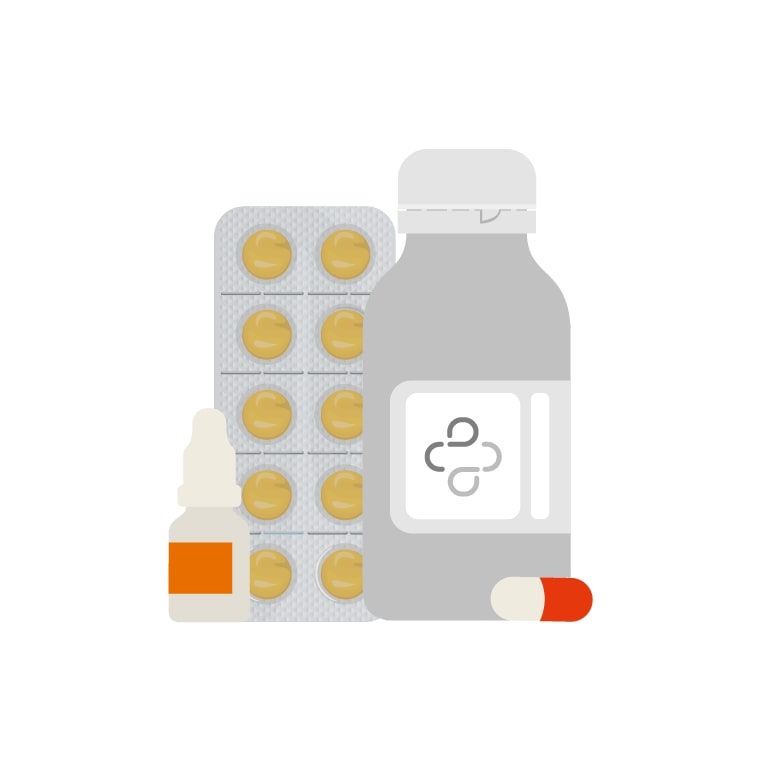Adblock AT 5 mg/50 mg Tablet is a combination medicine used to treat hypertension (high blood pressure) and angina (chest pain). It contains two active ingredients that work together to control blood pressure more effectively when a single medication is not sufficient. By lowering high blood pressure, it helps reduce the risk of serious cardiovascular events such as heart attacks and strokes. The tablet can be taken with or without food, but it should be taken at the same time every day for best results. It’s important to continue taking the medicine exactly as prescribed, even if you feel well, as high blood pressure usually has no noticeable symptoms. Stopping the medication abruptly can worsen your condition. Lifestyle changes like regular physical activity, healthy eating, and weight management are also crucial in controlling blood pressure. Always follow your doctor’s guidance when using this medicine.
 Uses
Uses
- Hypertension (high blood pressure)
- Angina (heart-related chest pain)
Benefits of Adblock AT 5 mg/50 mg Tablet
1. In the Treatment of Hypertension (High Blood Pressure)
Adblock AT is a combination of two active ingredients: Amlodipine (a calcium channel blocker) and Atenolol (a beta-blocker). These medicines work in different but complementary ways to:
- Relax and widen blood vessels
- Slow down the heart rate
- Reduce the heart’s workload
2. In the Treatment of Angina (Chest Pain)
Adblock AT improves blood flow by relaxing blood vessels and ensuring that the heart receives enough oxygen-rich blood. This helps:
- Reduce the frequency and severity of angina (chest pain) attacks
- Improve exercise tolerance
- Enhance your ability to perform daily activities without discomfort
 How ADBLOCK AT Tablet Works
How ADBLOCK AT Tablet Works
ADBLOCK AT Tablet is a combination of two active ingredients: Amlodipine and Atenolol, which work together to effectively manage high blood pressure and angina. Atenolol is a beta-blocker that works by blocking the effects of adrenaline (a stress hormone) on the heart. This action slows down the heart rate and reduces the force with which the heart pumps blood, easing the heart’s workload. Amlodipine, on the other hand, is a calcium channel blocker and acts as a vasodilator, relaxing and widening the blood vessels. This improves blood flow and increases the oxygen supply to the heart muscles. Together, these actions help to lower blood pressure, reduce chest pain (angina), and improve overall heart function.
 Side effects
Side effects
- edema (swelling of the ankles or other body parts)
- headache, dizziness, sleepiness
- palpitations (fast heartbeat)
- flushing (redness and warmth of the skin)
- stomach pain, nausea, diarrhea, constipation, indigestion
- changes in bowel habit
- tiredness, weakness
- muscle pains
- cold hands and feet






